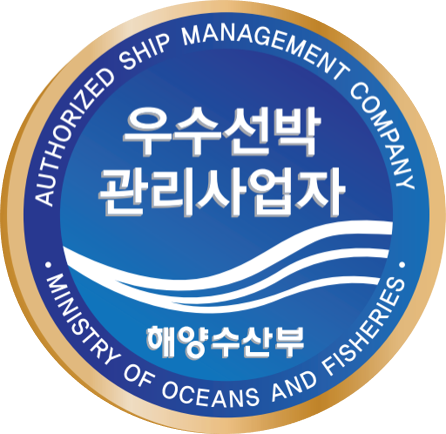Port State Control & Pilot boarding arrangements
페이지 정보
작성자 최고관리자 댓글 0건 조회 894회 작성일 21-09-24 09:35본문
Port State Control & Pilot boarding arrangements
by The Editorial Team
In some cases the Pilot may inform the local PSC station for unsafe acts observed during pilotage, however this is not a common practice. So, what can a PSCO do?
In such cases, a key item is code 10101 – Pilot ladders and hoist/pilot transfer arrangements. This is the first code in the list of Deficiency area ‘Safety of Navigation’. In practice this code may be more suitable to be in the Deficiency area Life Saving Appliances. But PSC regimes have decided that ship’s safety of navigation starts with the safe embarkation of the pilot on board. IMO has issued Resolution A.1045(27) referring to Pilot Transfer Arrangements.
During the last 3 years (August 2018 – August 2021) among 326,854 deficiencies marked globally during PSC inspections, a number of 1,319 (share 0.5%) was marked on the code 10101 which ranked as the 50th most common deficiency code.
Following analysis of all PSCOs findings , via RISK4SEA platform, the most common failures found on the code 10101 are due to the following reasons:
1. Inadequate equipment condition
2. Safety signs missing
3. Not certified equipment used
4. Securing points for Pilot ladder not tested
5. Broken steps on pilot ladder
6. Inadequate length of pilot ladder
7. Supporting lines damaged
8. Lifebuoy with self-igniting light not readily available at pilot’s embarkation area
9. Boarding Equipment’s Maintenance records missing
Best practice guidance
Ships Operators and Masters should ensure that:
- Ladders are SOLAS compliant
- The inspection procedure and records are adequate
- Replacement ladders are quickly and readily available on board
- Seafarers involved receive the necessary training and have a full understanding of the requirements
- Prior transfer, there is a procedure for checking all equipment and communication means for condition availability
- During transfer a supervising officer to be present in the boarding position
- Ensure that ship has cleared the pilot boat prior maneuvering
- In case of air boarding with helicopter use follow the relevant Helicopter Operations Procedure Guide
- Have the International Marine Pilots Association poster under title “Required Boarding Arrangements For Pilot” posted near boarding stations and in crew mess for awareness purposes.
According to guidance produced by the International Maritime Pilots’ Association (IMPA) in collaboration with the International Chamber of Shipping (ICS), Pilots have the right to decline to board vessels offering defective ladders, which can result in serious delay.
Pilots are also entitled to report defects in boarding ladders to port state control authorities, which could lead to a full PSC inspection with the risk of delay and financial penalties.
A pilot who has climbed a sound ladder, well rigged, and attended by an officer and a deck party will be in the right frame of mind to give his best attention to the safety of the vessel.
Did you know?
Ships constructed after the 1 July 2012 must comply with the new equipment and arrangement requirements of SOLAS Regulation V/23. Equipment and arrangements replaced on or after the 1 July 2012 on existing ships, shall, so far is reasonable and practicable, comply with the requirements of this regulation. These requirements include the securing of an accommodation ladder to the ship’s side, when used in conjunction with the pilot ladder, and the prohibited use of mechanical pilot hoists.




